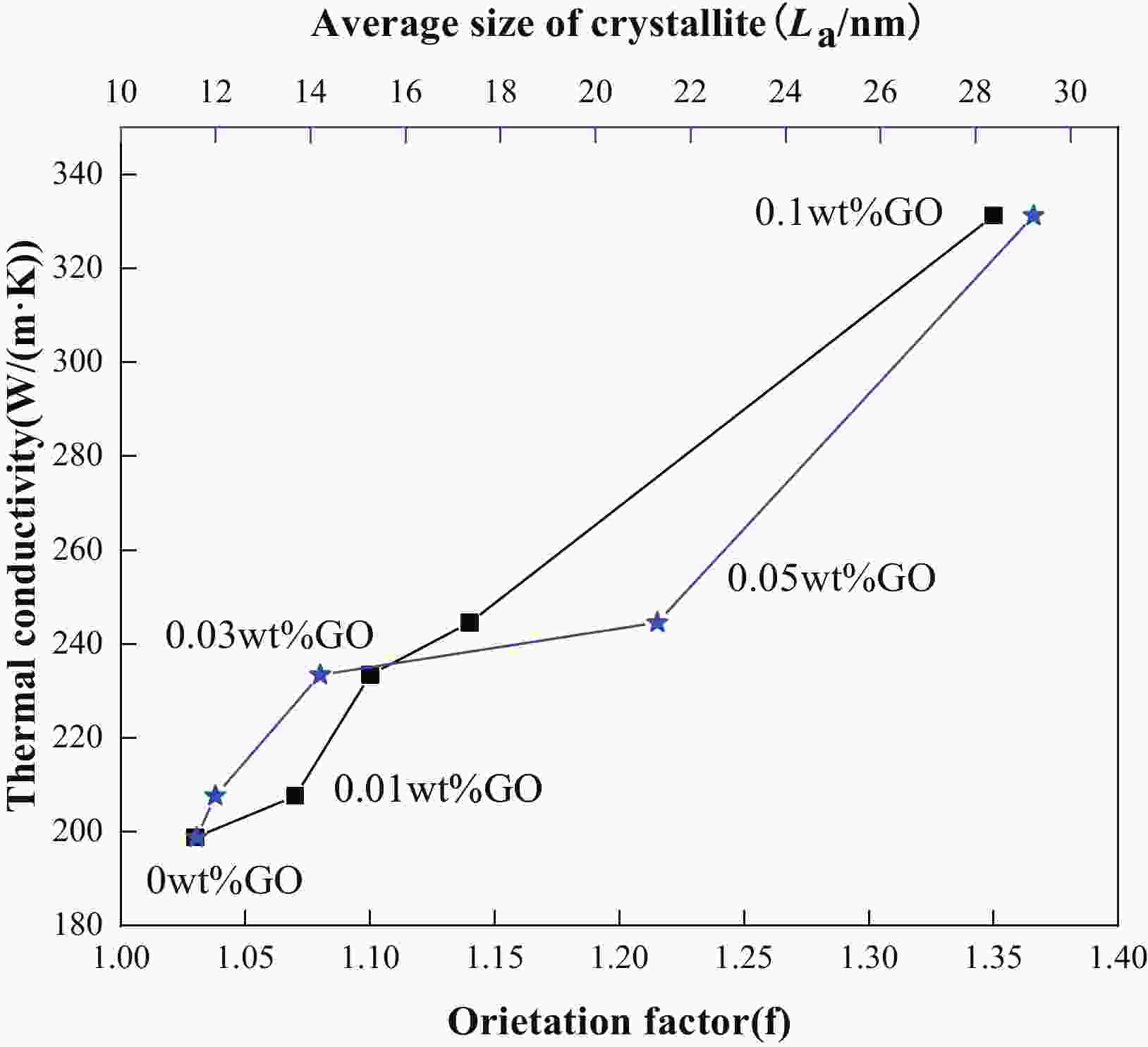2021年 第36卷 第5期
2021, 36(5): 851-872.
doi: 10.1016/S1872-5805(21)60088-4
摘要:
2021, 36(5): 873-896.
doi: 10.1016/S1872-5805(21)60090-2
摘要:
2021, 36(5): 897-910.
doi: 10.1016/S1872-5805(21)60092-6
摘要:
2021, 36(5): 911-929.
doi: 10.1016/S1872-5805(21)60089-6
摘要:
2021, 36(5): 930-939.
doi: 10.1016/S1872-5805(21)60093-8
摘要:
2021, 36(5): 940-948.
doi: 10.1016/S1872-5805(21)60077-X
摘要:
2021, 36(5): 949-960.
doi: 10.1016/S1872-5805(21)60076-8
摘要:
2021, 36(5): 961-970.
doi: 10.1016/S1872-5805(21)60067-7
摘要:
2021, 36(5): 971-979.
doi: 10.1016/S1872-5805(21)60091-4
摘要:
2021, 36(5): 980-986.
doi: 10.1016/S1872-5805(21)60050-1
摘要:
2021, 36(5): 987-994.
doi: 10.1016/S1872-5805(21)60048-3
摘要:



 摘要
摘要 HTML
HTML PDF
PDF












 虚拟专题
虚拟专题

 邮件订阅
邮件订阅 RSS
RSS 下载中心
下载中心 友情链接
友情链接

